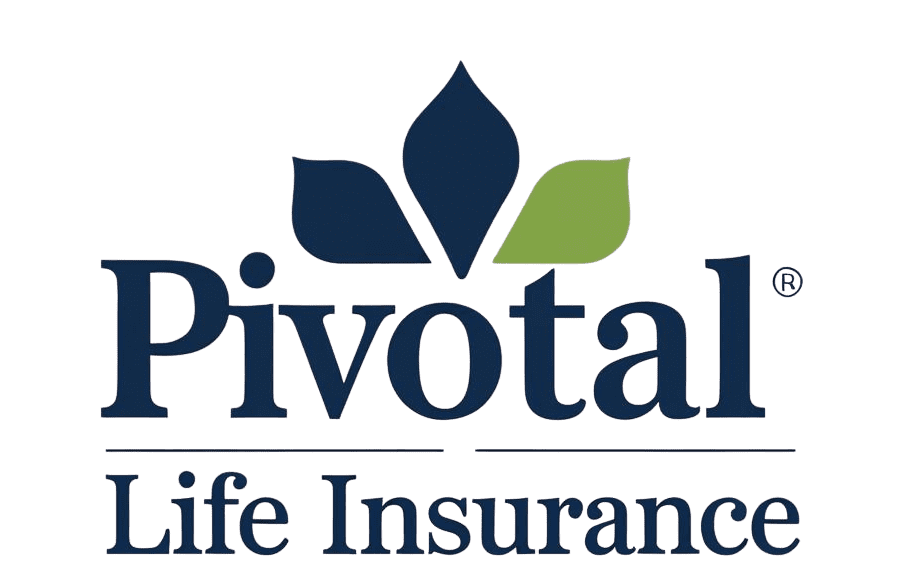Buying life insurance is a major step toward securing your financial future and protecting your loved ones. However, purchasing a policy is just the beginning. To truly maximize its benefits, you must actively manage life insurance and take deliberate actions after purchase. Many policyholders overlook simple yet critical steps, leaving potential value untapped.
This guide walks you through 10 actionable things you should do immediately after buying life insurance, helping you protect your investment, avoid mistakes, and ensure your policy works as intended.
What Is Life Insurance and Why Managing It Matters
Life insurance is a contract that pays a designated amount to your beneficiaries upon your death, offering financial security and peace of mind. Managing life insurance is the ongoing process of reviewing, updating, and optimizing your policy to meet your changing needs. Proper management ensures your coverage aligns with your financial goals, family situation, and legal requirements.
Failing to manage life insurance can lead to lapses, outdated beneficiary information, or missed opportunities for additional coverage.
1. Review Your Policy Carefully
Start by reading your policy documents thoroughly. Understand your coverage type, payout amounts, premium schedule, and any riders or add-ons. This ensures you know exactly what protection you have.
Tip: Keep a digital copy in a secure location and note the key terms for easy reference.
2. Update Your Beneficiaries
Check that your beneficiary information is accurate and current. Life changes such as marriage, divorce, or the birth of a child require updates. Incorrect or outdated beneficiaries can create delays or disputes during claims.
Pro tip: List both primary and contingent beneficiaries to avoid complications.
3. Set Up Automatic Payments
Avoid missed premiums by automating payments. Missing payments can cause your policy to lapse, leaving your family unprotected.
Tip: Choose a payment schedule that fits your budget, whether monthly, quarterly, or annually.
4. Keep an Emergency Contact List
Include your insurance agent’s contact information, the insurance company’s customer service, and any family members involved in policy decisions. This helps speed up claims or policy inquiries.
Pro tip: Share this list with a trusted family member in case of emergencies.
5. Consider Policy Riders or Add-Ons
Riders are optional features that enhance your coverage. Examples include accidental death, waiver of premium, or critical illness riders. Evaluating these options can maximize your policy benefits without needing a new policy.
Tip: Discuss riders with your agent to see which align with your lifestyle and financial goals.
6. Align Life Insurance with Your Financial Plan
Life insurance should not exist in isolation. Integrate your policy into your broader financial plan, including savings, investments, and retirement goals.
Tip: Use a spreadsheet or financial tool to track how your life insurance fits within your overall wealth strategy.
7. Keep Beneficiaries Informed
Ensure your beneficiaries understand the policy, including coverage amounts and how to file claims. This reduces confusion and ensures a smoother claims process when the time comes.
Tip: Hold a family meeting or provide written instructions for clarity.
8. Review and Adjust Coverage Periodically
Life circumstances evolve. Periodically review your policy to confirm your coverage still matches your needs. Consider adjusting coverage if you get a new job, buy a house, or experience a major life change.
Tip: Schedule a policy review at least once a year or after significant life events.
9. Maintain Documentation for Tax and Legal Purposes
Store all insurance documents securely and maintain copies for tax and legal purposes. This includes policy statements, premium receipts, and any correspondence with the insurance company.
Tip: Consider using a digital vault or cloud service with strong security.
10. Stay Informed About Policy Updates and Regulations
Insurance laws and company policies can change. Stay informed about updates, premium adjustments, or new offerings that could affect your coverage.
Tip: Subscribe to your insurer’s newsletter or alerts for timely information.
Key Takeaways
Life insurance is a powerful tool, but it requires active management to maximize benefits.
Start by reviewing your policy, updating beneficiaries, and automating payments.
Integrate your policy with your broader financial plan and keep documentation organized.
Regularly review, update, and educate beneficiaries to ensure your coverage remains effective.
Use riders and stay informed about regulatory changes to fully optimize your investment.
Managing life insurance might seem like extra work, but these steps ensure your policy protects your loved ones and serves your long-term financial goals.

